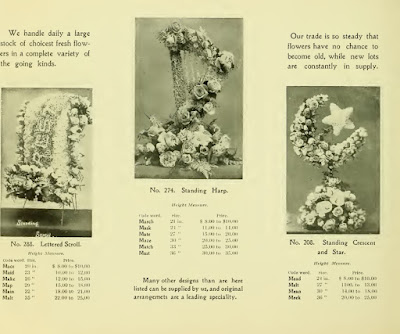Joshua Abston Miller, Jr., was born in Macon County,
Missouri, on May 5, 1846. His parents
were Joshua A. Miller, Sr., and Nancy Jane Turner.
Joshua attended high school on the other side of the Missouri River in Brownville, Nebraska, with the intention of becoming a physician. Under the tutelage of Dr. William Arnold, he applied for and was admitted to the University of Michigan medical school in 1868.
While a medical student in Michigan, Miller met and married
Mary Crampton on September 21, 1869.
Upon graduation in 1872, Miller opened a practice in Michigan.
In 1879, Miller traveled to New York to gain additional experience at Belleview Hospital. He then moved his family to Kansas City in 1882, where he helped establish a medical school at the University of Kansas City. He was for six years the head of orthopedic surgery there.
Perhaps the deaths of two of their young children had strained Joshua’s and Mary’s marriage to the breaking point. At any rate, she does not appear to have accompanied Miller when he moved to Prescott, Arizona, in 1888. On December 16, 1890, Miller married his second wife, Minnie Hume, in Prescott.
In 1892, Gov. N. O. Murphy appointed Miller superintendent of the territorial insane asylum in Phoenix. When Miller assumed his position, there were 87 inmates, some of whom had originally been sent to asylums in California. Having them back in Phoenix made it possible for family members to visit and see that they were properly cared for. It appears that Miller took his responsibilities seriously. He had the asylum grounds landscaped with trees and walkways. His wife Minnie, who was a nurse, served as matron.
In 1898, Gov. Murphy again appointed Dr. Miller to take over management of the insane asylum from outgoing superintendent Dr. Hamblin. This time, there were 177 patients.
Scientific curiosity led to Miller’s interest in prehistoric societies of the American Southwest. In 1895, he was elected president of the Arizona Antiquarian Society and in 1901 he conducted the first excavation of Pueblo Grande, a prehistoric site east of Phoenix.
Dr. Miller was on his way to New Mexico on Saturday, July 19, 1901, to observe the annual Hopi snake dance at Walpi when he fell ill and had to get off the train at Flagstaff. Taken to a hospital there, he was diagnosed with pneumonia. He died on the evening of July 22nd. His body was returned to Phoenix for burial in Rosedale Cemetery.
by Donna L. Carr














.jpeg)